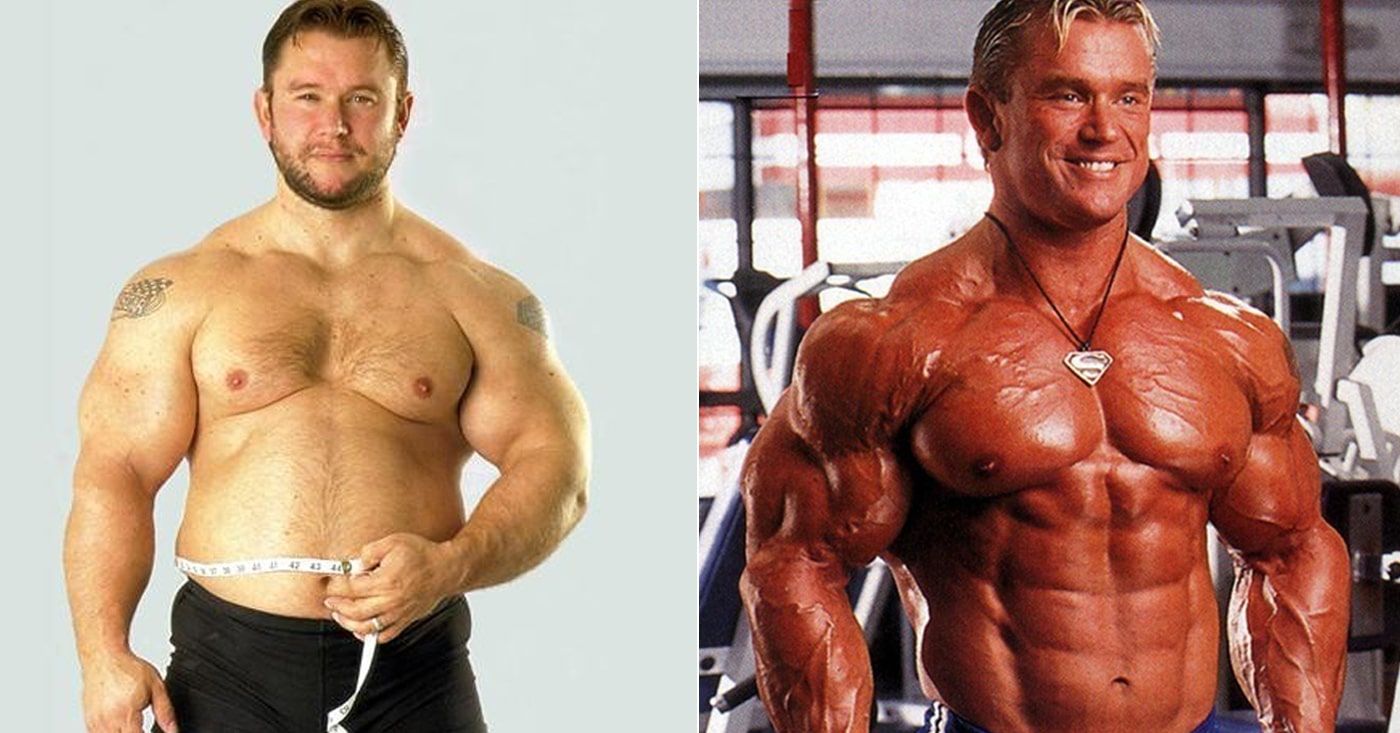

Essentially any activity that requires energy that isn’t exercising. Examples of NEAT activity include fidgeting, hand movements while talking, brushing your teeth, walking around your house, or laughing. For example, 15 percent of your TDEE is non-exercise activity thermogenesis (NEAT). When your body doesn’t have enough energy, it may start to downregulate other activities as a way to conserve energy.

There are side effects of being in a cutting phase. As a result, your body is in a catabolic state – in which stored energy (fat) is broken down and released as fuel. When you are in a cutting phase, you consume less daily energy than you need to complete your daily functions and activities. If you’re a beginner, you can expect to gain muscle more quickly – approximately a pound a week.

In a lean bulk (a small caloric surplus), you can expect to gain 0.5-1 pound of body weight per week – half of which is fat. This is because if you constantly eat way more than you need, your body won’t be able to use all of the excess energy, and so it will be stored as fat. Dirty bulks are better suited to natural ectomorphs – people who are naturally skinny and small, with a faster metabolism – but not typically recommended for the average person looking to gain some lean muscle. However, people often forget that you will also gain some body fat particularly if you are eating substantially more than you need (also referred to as a dirty bulk ). As a result of working harder during your workouts and having a surplus of circulating and stored energy, your body is in an optimized environment for muscle building. The result is higher energy levels, which transfers effectively into your workouts – you will be physically stronger and have better endurance during tough Black Box Fitness workouts. When you are bulking, you are in a caloric surplus.


 0 kommentar(er)
0 kommentar(er)
